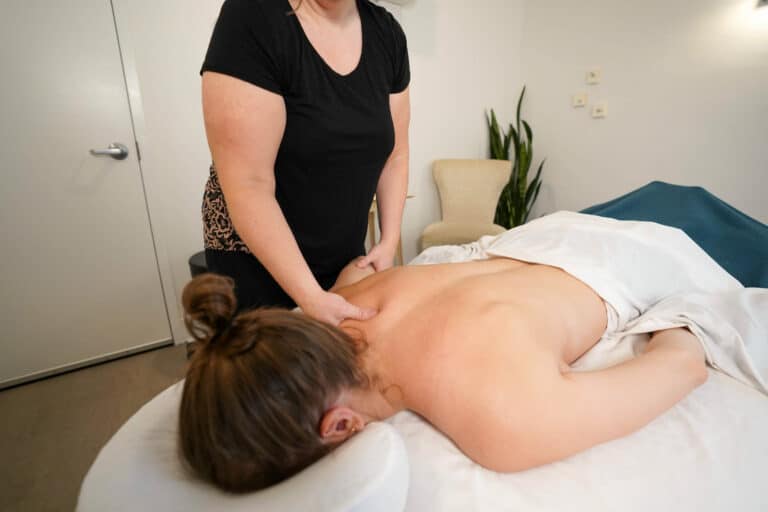People often ask me “what is the best stretch for this” or, “what is the best exercise for that”. My answer is always the same… It depends. There is no such thing as a bad exercise, nor is there such thing as a good exercise. A movement or stretch given to one person may give extraordinary results, but when given to their best friend could make things much worse.
Take hamstring stretching for example. For person A who has a posteriorly rotated pelvis, it would be a great choice as it can help them move from their hips a lot more effectively and therefore relieve tension off of their low back. However, for person B who has anterior pelvic tilt, it would only make things worse for the position of the hip which could increase levels of compression between the disks in the low back. Someone’s medicine could be someone else’s recipe for disaster.
So how do you know what you should be spending time on? The short answer, you need an assessment to find out exactly what exercises and stretches you need for your body. Just like how diet books don’t work for everyone, cookie cutter exercise programs are the same way.
But you came here to read about the two exercises that everyone should do. That seems like a bold statement given the information described in the latter. But trust me, if you are a human on planet earth, you will gain a ton of benefit by including these two things in your daily repertoire.
The First Thing – Breathwork.
“Increased comfort, relaxation, pleasantness, vigor and alertness, and reduced symptoms of arousal, anxiety, depression, anger, and confusion.”
These are some of the benefits found in a study published by Human Frontiers in Neuro Science. I love giving breathing exercises to my clients for 3 main reasons.
- It is completely free of charge. No fancy equipment or supplements required.
- It can be done anywhere and anytime.
- It only takes 2 minutes to experience a significant change in your physiology. If you have more time, you will receive more benefits!
Breathwork has been proven as a way we can control our autonomic nervous system. This means we can consciously increase our immune system; help fight off inflammation and harmful substances that enter our bodies. Read the study here.
The Second Thing – Rotational Joint Control
This is the main pillar of Functional Range Conditioning. By teaching people how to increase the rotational space inside of their joints, other day to day movements such as walking, getting up from chairs or running make huge leaps and bounds. This daily practice you can include is posted here for you to read up on. By doing this routine daily, you will gain incredible awareness over your body and begin to understand what exercises you are eligible for. When I program for my clients, I always determine their capacities first. Then, I program within those capacities. Injury happens when we lose control over a given movement. This routine will ensure you have control throughout your ranges of motion.
Both of these exercises in total take no more than 20 minutes to perform. You can even spread them out throughout the day if that works best for your lifestyle. Either way, the results will be well worth it.
Enjoy!
Tyler Woelfle
FRCms, CP2, HLC








